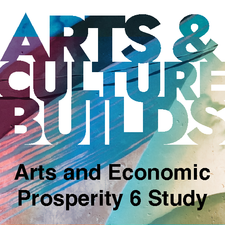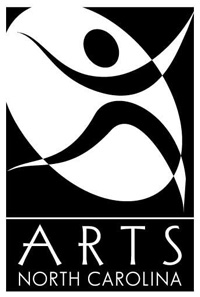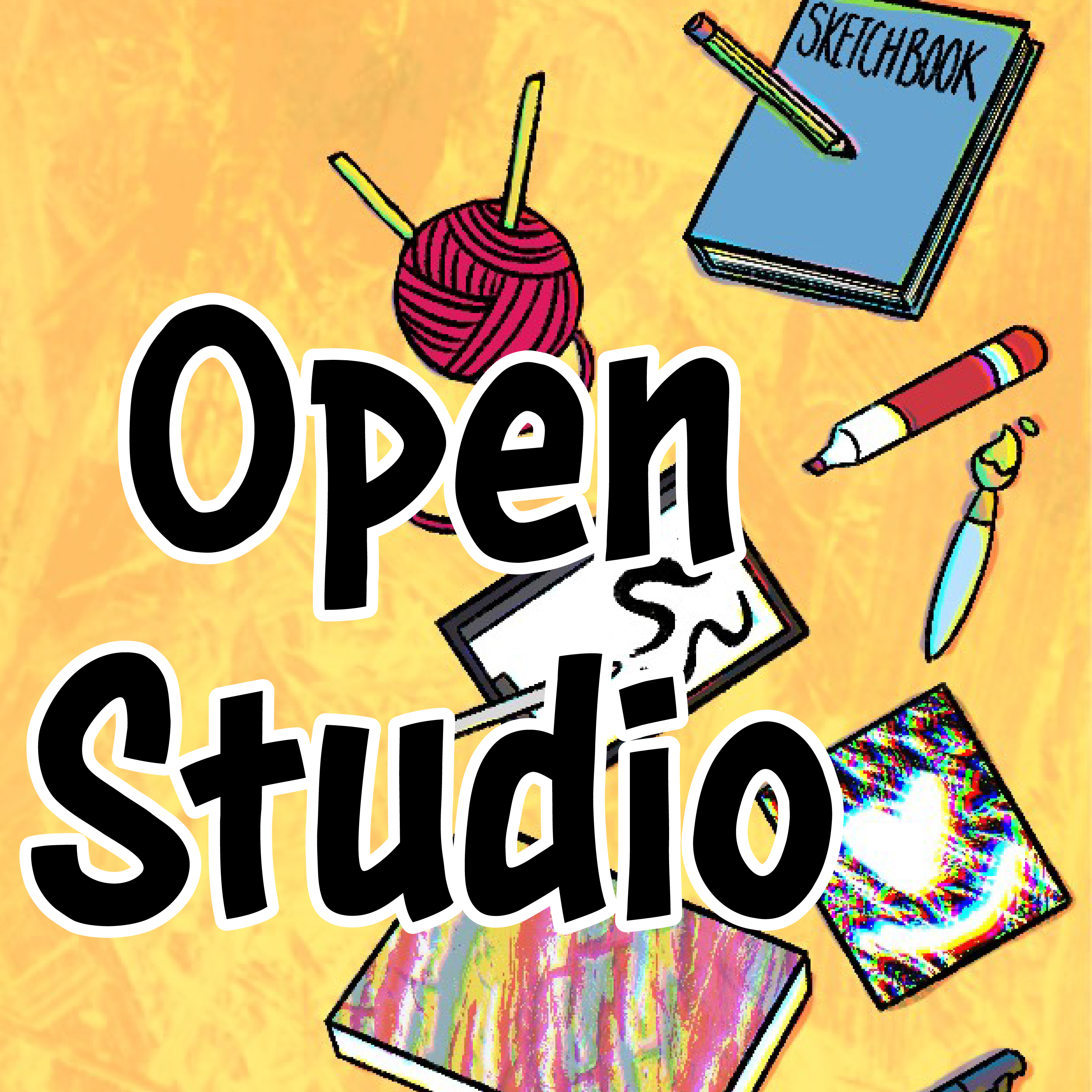 |
The Pitt County Arts Council at Emerge, the Greenville-Pitt County Convention & Visitors Bureau, the Greenville Eastern North Carolina Alliance, and Pitt County Economic Development collectively announced that Pitt County’s nonprofit arts and culture industry generated $18,037,461 in economic activity in 2022, according to the newly released Arts & Economic Prosperity 6 (AEP6), an economic and social impact study conducted by Americans for the Arts. That economic activity – $12,819,757 in spending by nonprofit arts and culture organizations and $5,217,704 in event-related spending by their audiences supported 365 jobs and generated $1,786,863 in local, state, and federal government revenue. Spending by arts and culture audiences generates valuable commerce to local merchants, a value-add that few other industries can compete with. AEP6 demonstrates the significant economic and social benefits that arts and culture bring to their communities, states, and the nation. By measuring arts and culture’s wide-ranging impact, public and private sector leaders can work together to secure funding and arts-friendly policies that shape more vibrant and equitable communities. |
Key figures from Pitt County’s AEP6 study include:
- Pitt County nonprofit arts and culture industry generates $5,217,704 in event-related spending by its audiences.
- The typical attendee spends $33.39 per person per event, not including the cost of admission.
- 24.7% of arts and culture attendees were from outside the county in which the activity took place. They spent an average of $50.83. All vital income for local merchants.
- 87.9% of respondents agreed that the activity or venue they were attending was “a source of neighborhood pride for the community.”
- 78.3% said they would “feel a sense of loss if that activity or venue was no longer available.”
 |
Arts Advocacy is an important part of what the Pitt County Arts Council at Emerge does. Arts Advocacy makes the community, officials and potential supporters aware of the benefit that the arts has on our education, quality of life, and economic development. Arts North Carolina has some great tips on how to advocate to the municipalities. The goal of advocacy is to change an elected official’s perception of the arts from “nice” to “essential.” Nice is expendable. Essential gets support, no matter the economic circumstances. Advocacy is necessary for the arts to thrive and is a core responsibility of arts supporters. People who care about issues should get involved in every election. Know who is running for office, set a meeting, write a letter, deliver a message about arts funding and policy, volunteer for the candidate, make a contribution, attend community forums, and/or ask for candidate views on public support for the arts. |
| After the election, write a letter of introduction and congratulations, send invitations to arts events, know their supporters, and/or send regular communications that detail arts impact in their district. The message should include both data and narrative and if possible, be specific to their district. Most arts advocacy message center around economic impact, recruitment and retention of skilled workers and businesses, revitalized communities, education, and cultural tourism. Know your official’s key issues and tailor your message. | |







